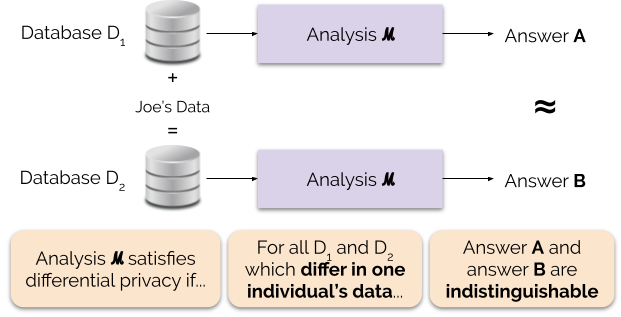Blog by Carlos Santiso: “The COVID-19 crisis is putting our global digital resilience to the test. It has revealed the importance of a country’s digital infrastructure as the backbone of the economy, not just as an enabler of the tech economy. Digitally advanced governments, such as Estonia, have been able to put their entire bureaucracies in remote mode in a matter of days, without major disruption. And some early evidence even suggests that their productivity increased during lockdown.
With the crisis, the costs of not going digital have largely surpassed the risks of doing so. Countries and cities lagging behind have realised the necessity to boost their digital resilience and accelerate their digital transformation. Spain, for example, adopted an ambitious plan to inject 70 billion euro into in its digital transformation over the next five years, with a Digital Spain 2025 agenda comprising 10 priorities and 48 measures. In the case of Brazil, the country was already taking steps towards the digital transformation of its public sector before the COVID-19 crisis hit. The crisis is accelerating this transformation.
The great accelerator
Long before the crisis hit, the data-driven digital revolution has been challenging governments to modernise and become more agile, open and responsive. Progress has nevertheless been uneven, hindered by a variety of factors, from political resistance to budget constraints. Going digital requires the sort of whole-of government reforms that need political muscle and long-term vision to break-up traditional data silos within bureaucracies, jealous to preserve their power. In bureaucracies, information is power. Now, information has become ubiquitous and governing data, a critical challenge.
Cutting red tape will be central to the recovery. Many governments are fast-tracking regulatory simplification and administrative streamlining to reboot hard-hit economic sectors. Digitalisation is resetting the relationship between states and citizens, a Copernican revolution for our rule-based bureaucracies….(More)“.



